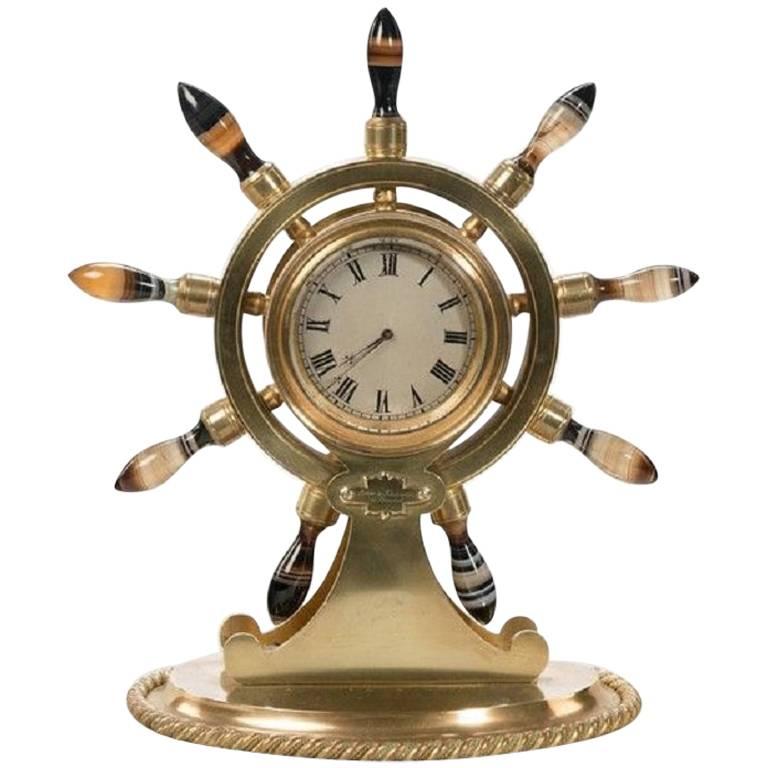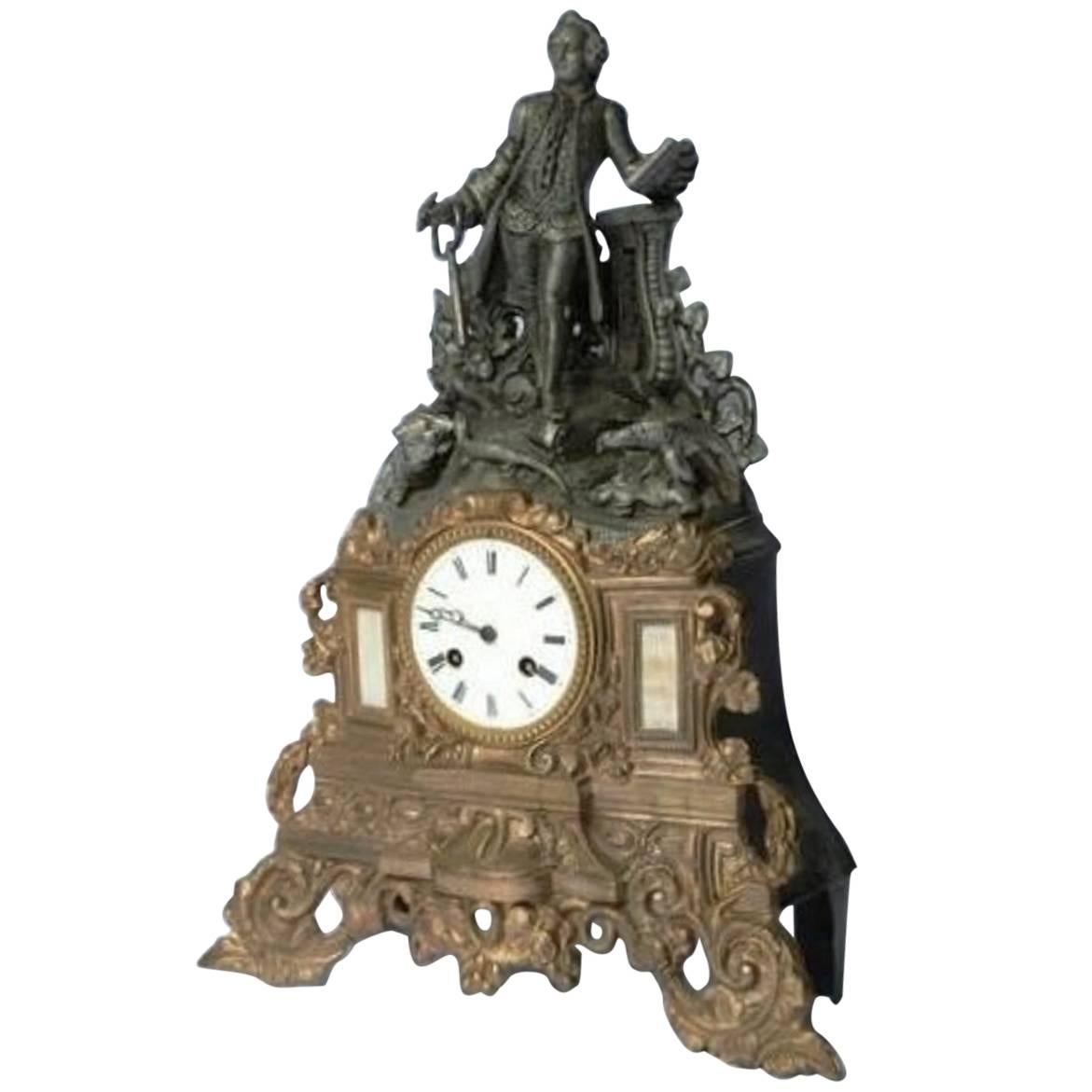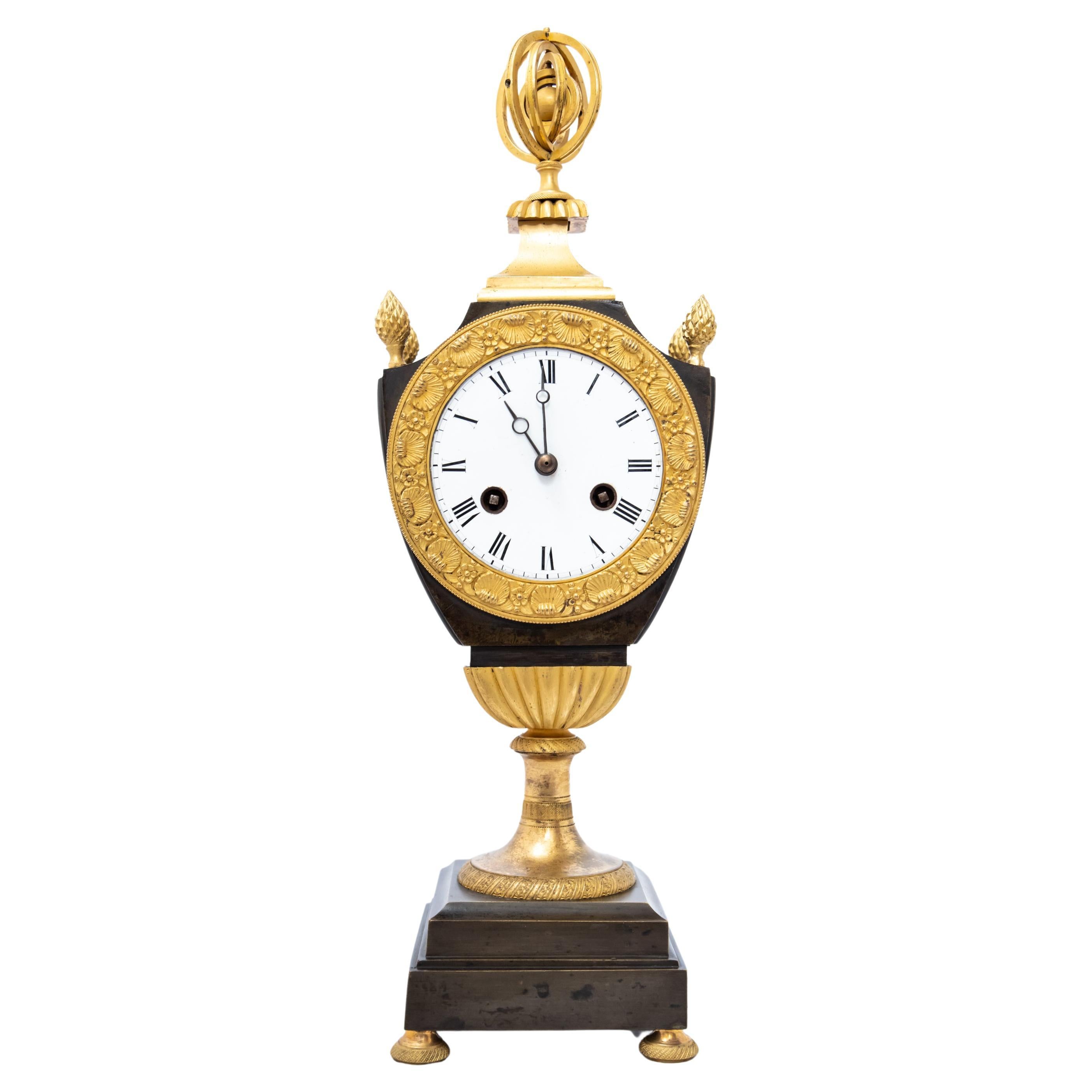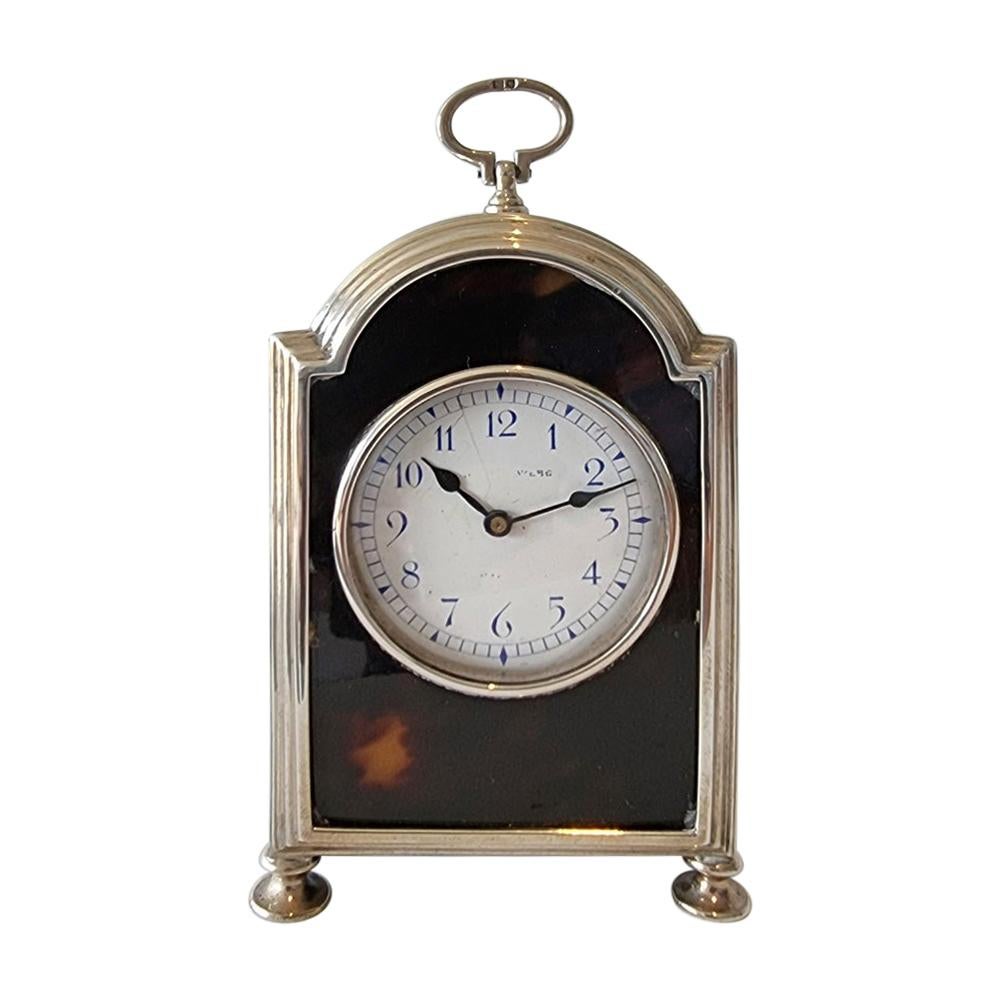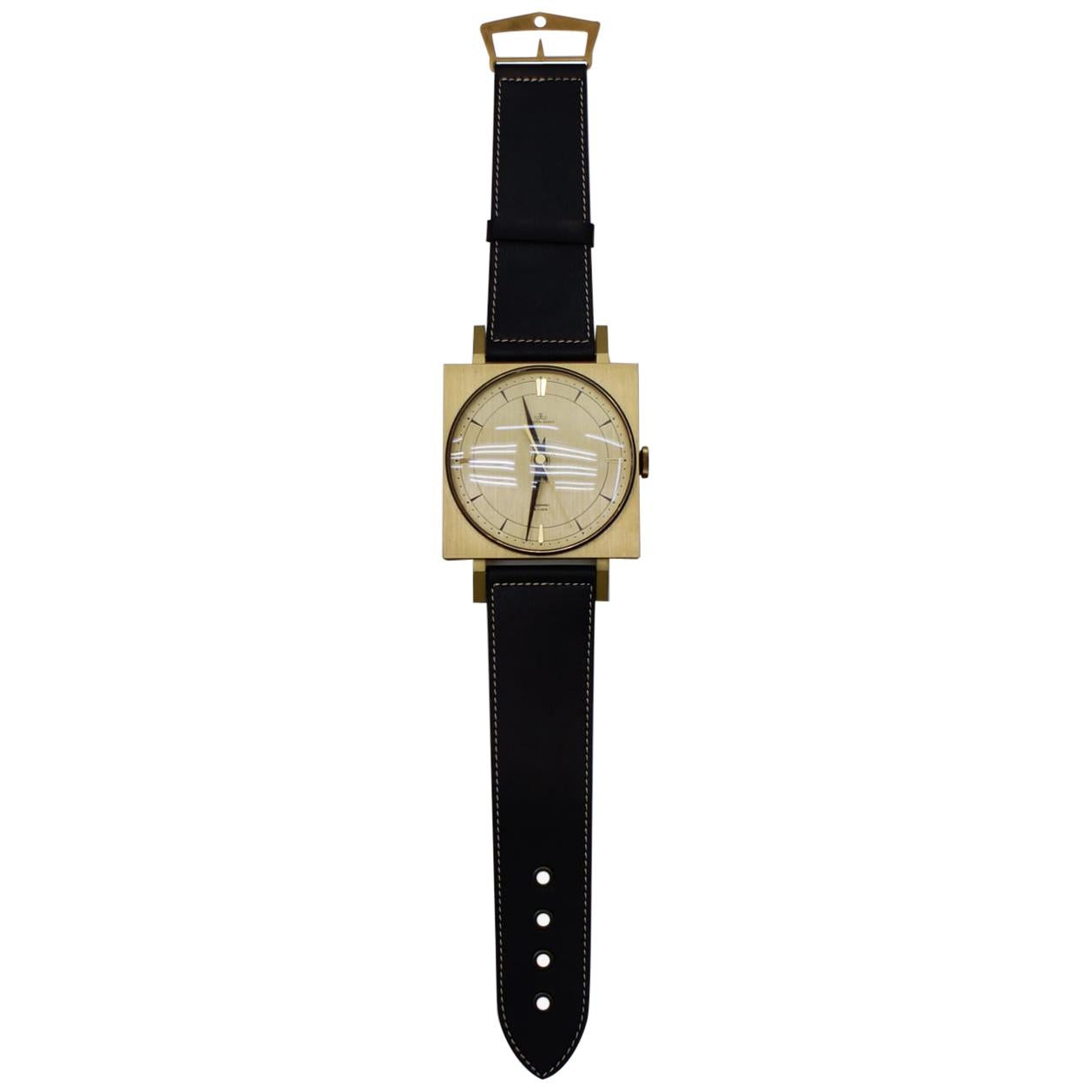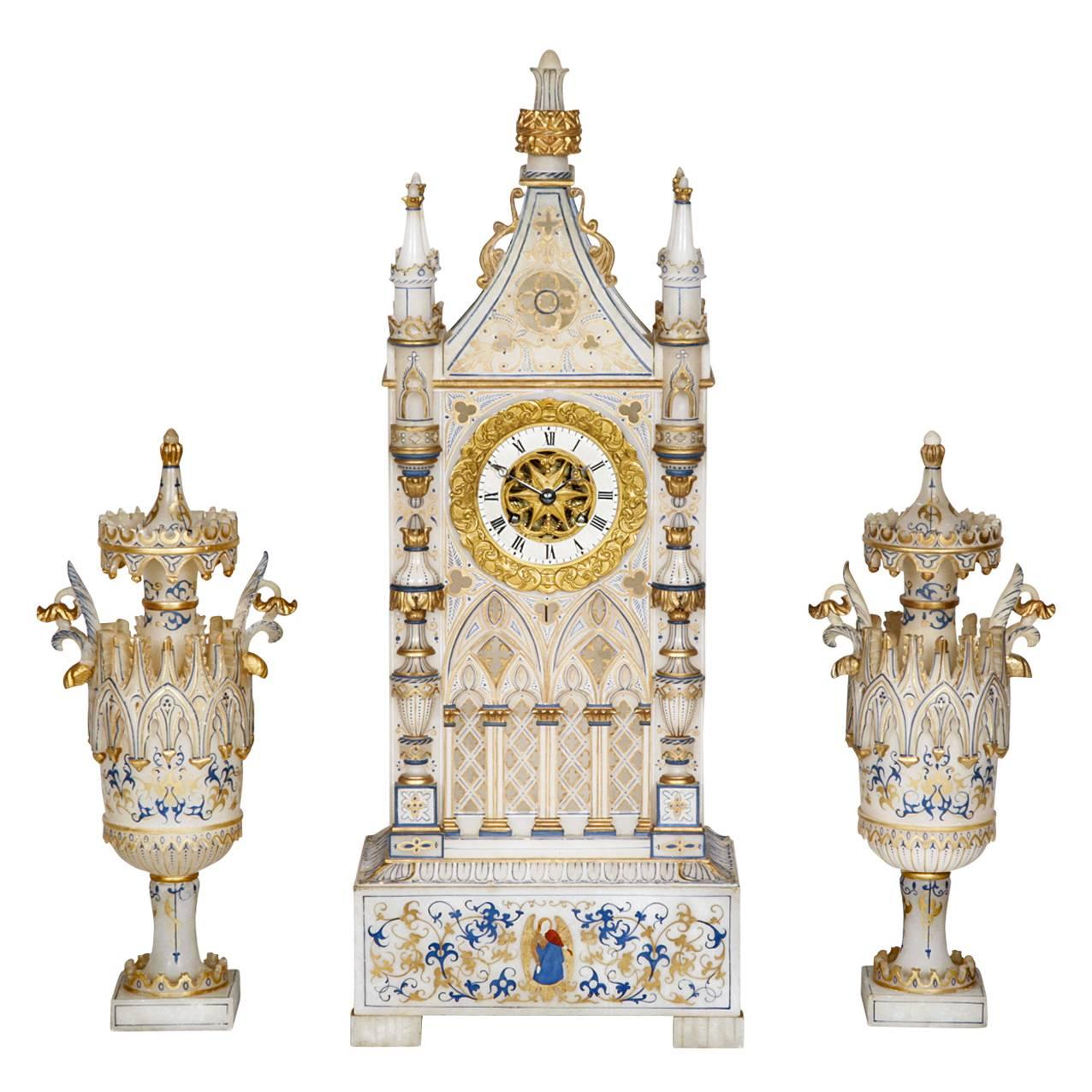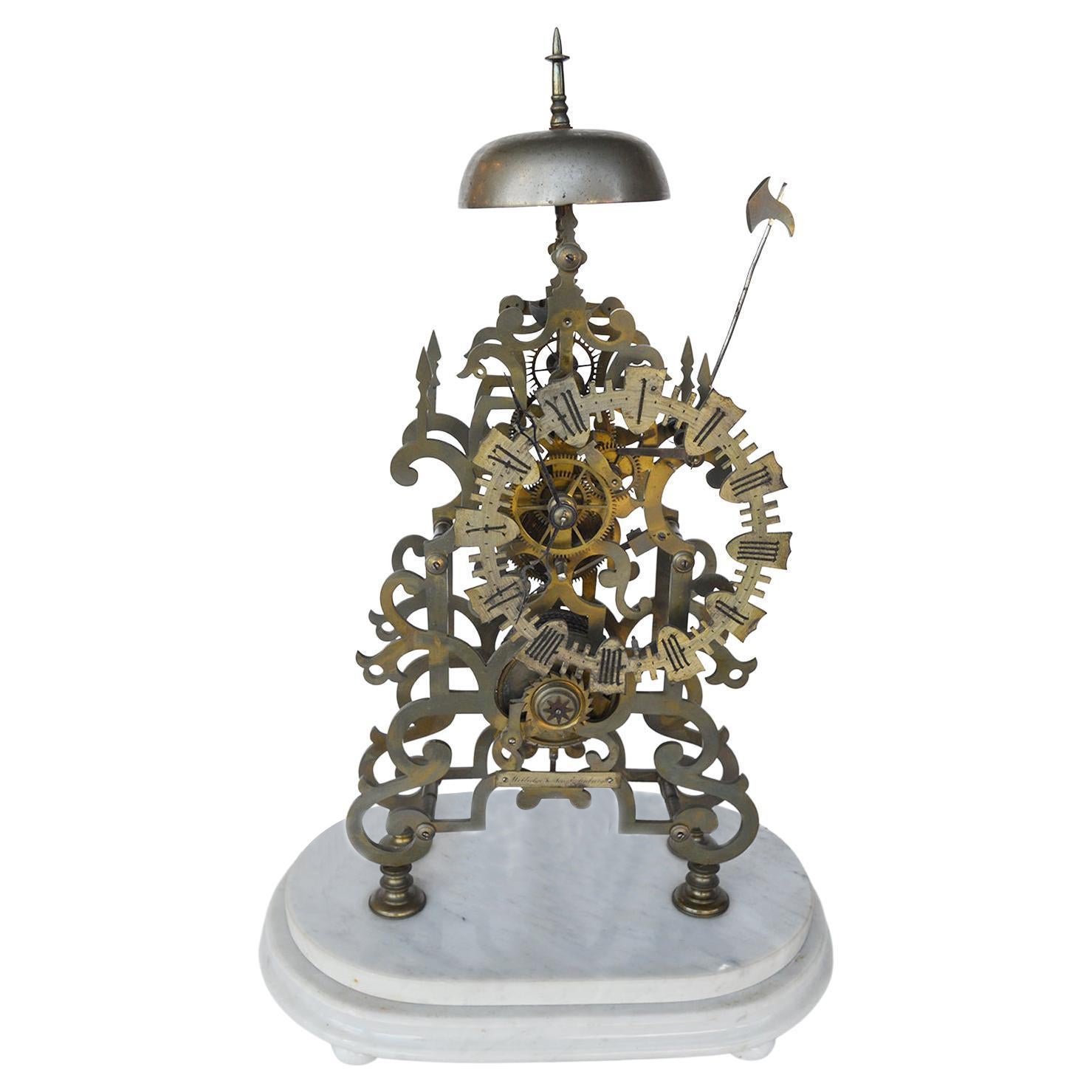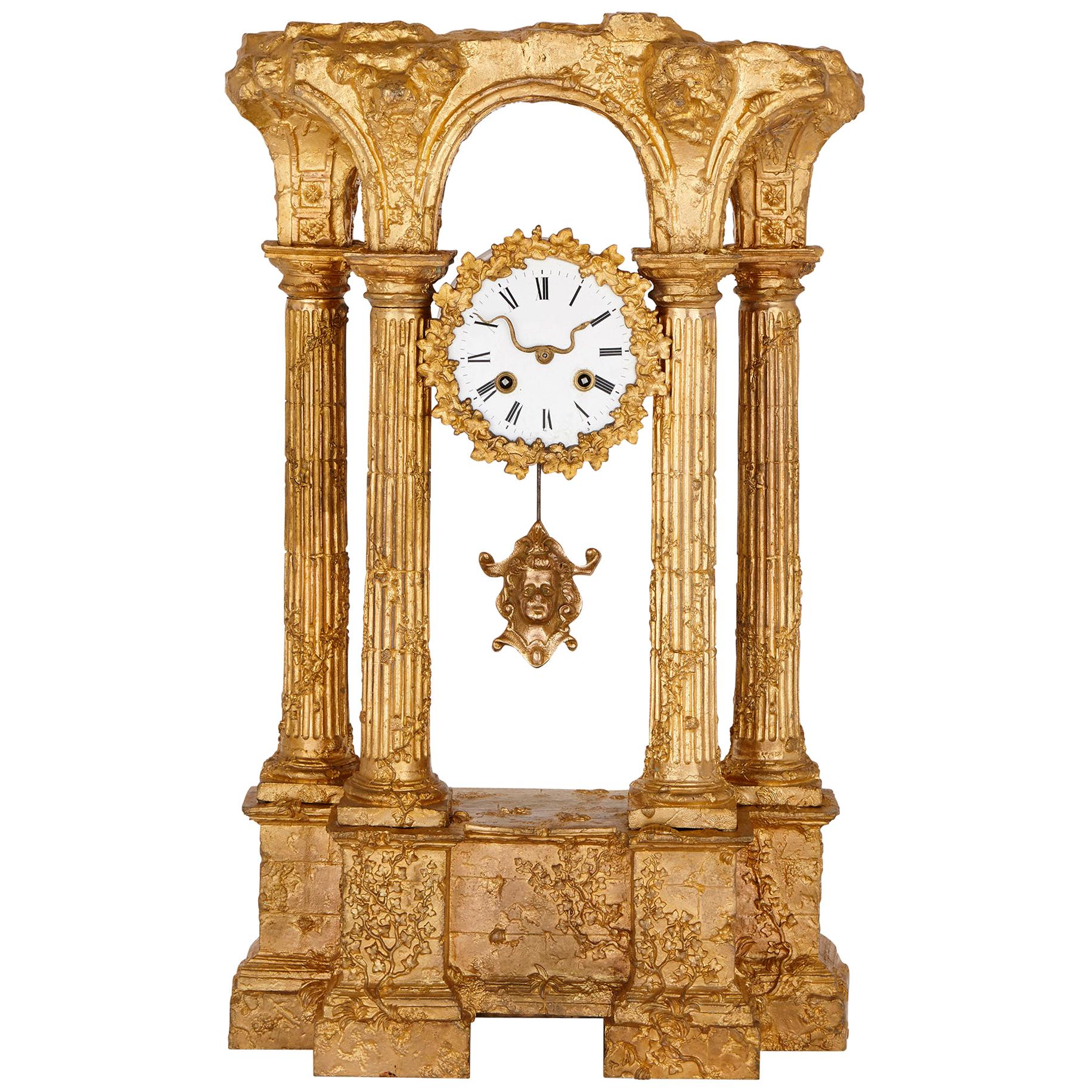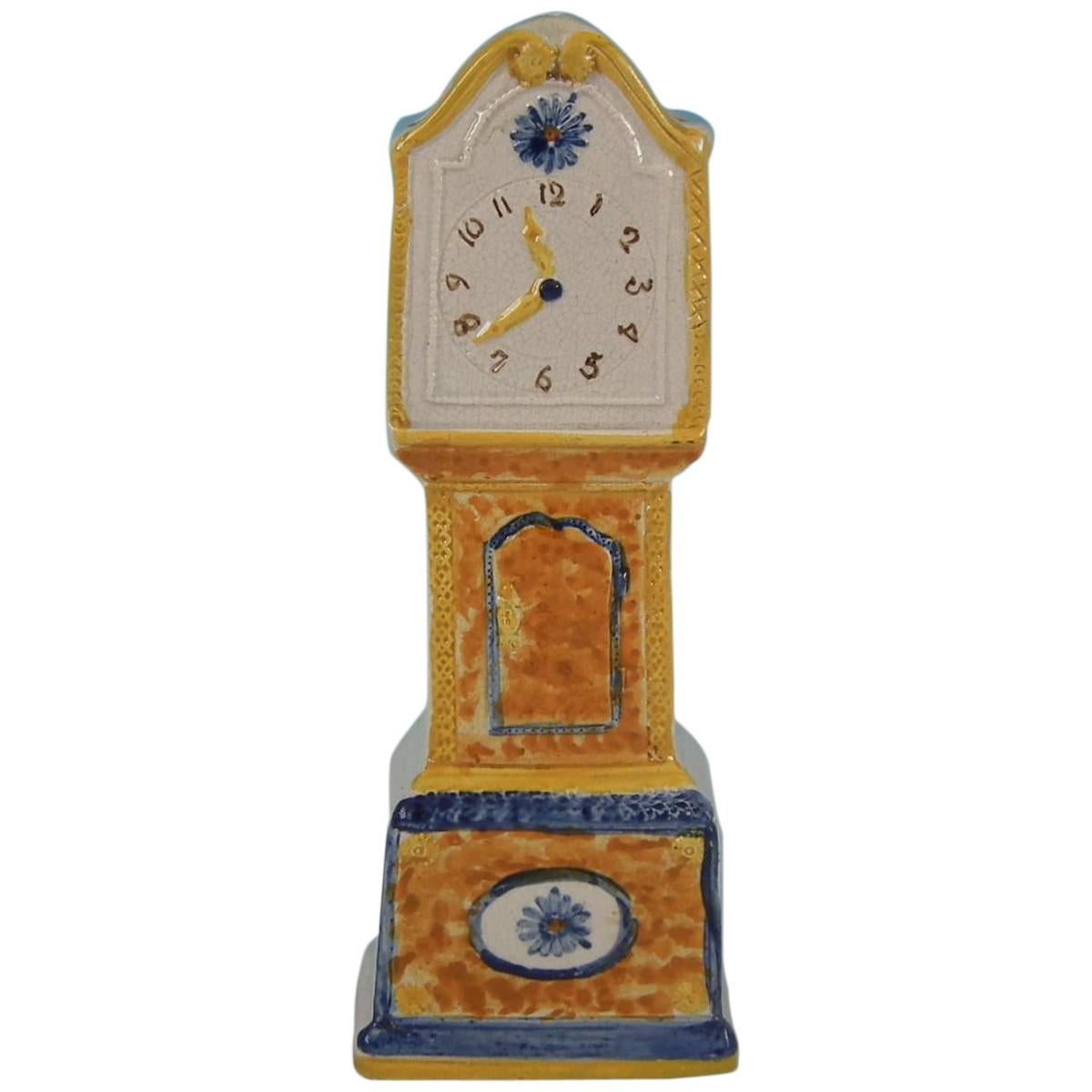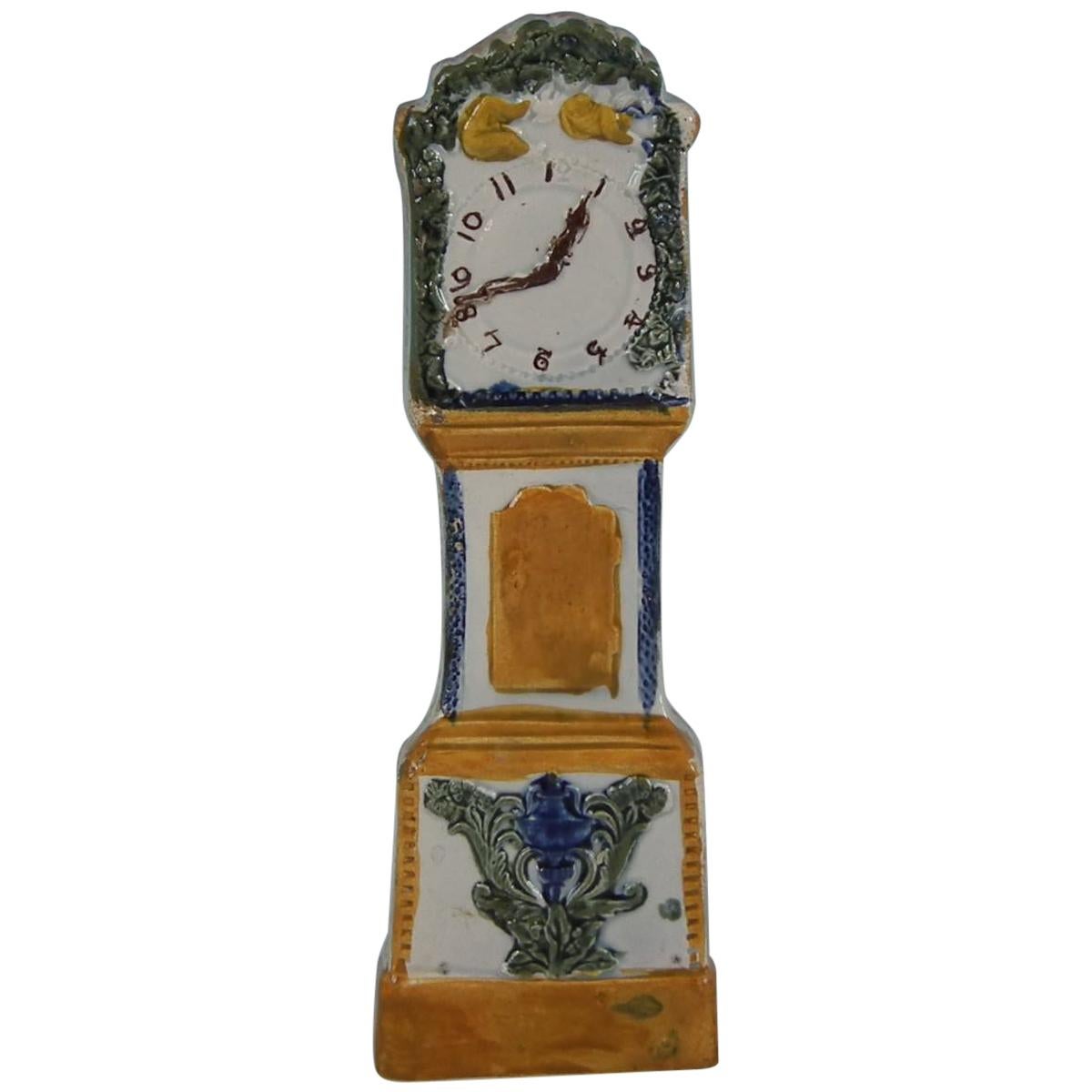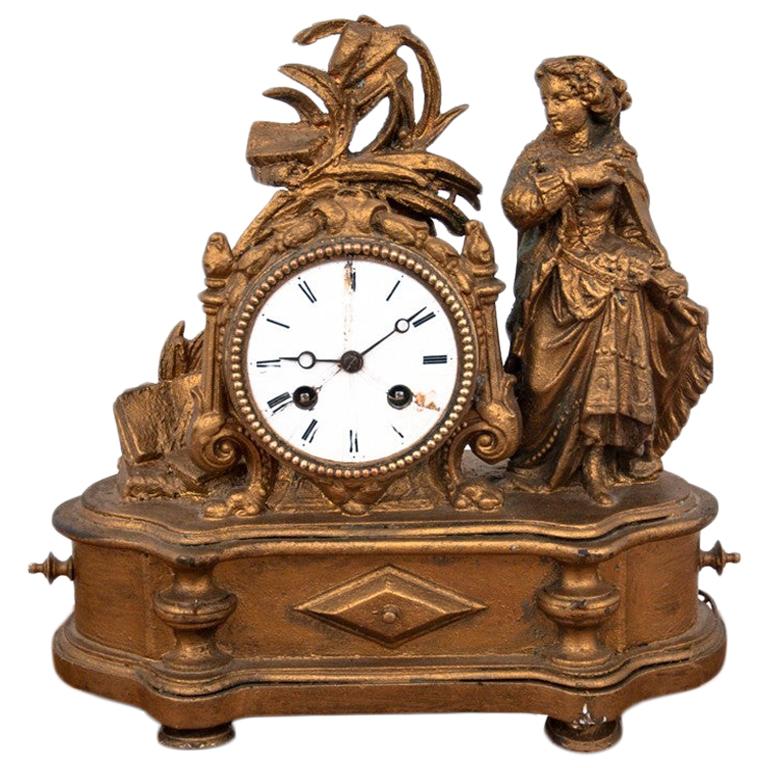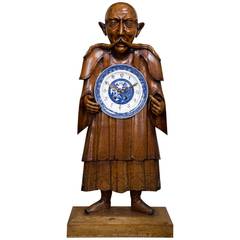
Willow Pattern Display Sign in the Form of a Clock, Staffordshire, circa 1900
View Similar Items
1 of 2
Willow Pattern Display Sign in the Form of a Clock, Staffordshire, circa 1900
About the Item
- Dimensions:Height: 43.5 in (110.49 cm)Width: 20 in (50.8 cm)Depth: 10.25 in (26.04 cm)
- Place of Origin:
- Period:1900-1909
- Date of Manufacture:1900
- Condition:Wear consistent with age and use.
- Seller Location:London, GB
- Reference Number:Seller: 145491stDibs: LU97541905882
You May Also Like
- Empire Clock in the Form of a Classical Urn, by Maison Lepautre, circa 1825By Pierre-Basile LepauteLocated in Brighton, West SussexA gilt bronze Empire clock in the form of a classical urn, by Maison Lepautre. French, circa 1825. The dial signed 'Lepaute a Paris'. The clock has an ornate cast bezel with a 3-inch porcelain dial with Roman numerals and Breguet style hands. The twin train eight-day movement with outside count wheel striking on a bell and silk thread suspension. This elegant Empire style clock has a gilt bronze case in the form of a classical urn with swan neck handles and a winged cherub to the neck. The circular pedestal base is raised on a footed stepped square plinth. The Lepaute family were the premier French clockmakers of their day. Their significance lies in their contribution to the clock making industry which had hitherto come under the trade of locksmiths. The family held the brevet Horlogers du Roi. Jean-André Lepaute (1720–1789) arrived in Paris at an early age and in 1740 founded the family business. A skilled artist and mechanic, he quickly gained an excellent reputation. He was received as maître by the clockmakers guild in 1759, was granted royal lodgings from the king in The Luxembourg Palace, and was entrusted with the construction of the majority of the great public clocks of Paris. He executed, amongst others, those in The Luxembourg Palace, the Jardin des Plantes, the Château de Bellevue and the Château des Ternes. His clock at Paris’s École Militaire still works today. Three editions of his Traité d’Horlogerie were published in Paris in 1755, 1760 and 1767. A small volume, Description de Plusieurs Ouvrages d’Horlogerie appeared in 1764. Jean-André’s wife, Nicole-Reine Etable de la Brière (1723-1788), was a highly esteemed mathematician and astronomer. Her passion for science lent itself to Lepaute’s work and she played an active role in the scientific and mathematical aspects of the clock making. Jean-André’s younger brother Jean-Baptiste Lepaute (1727-1802) joined him in Paris in 1747 and immediately started working for the family business. He was received as maître in 1776 and was known for the clocks he constructed for the Paris Hôtel de Ville (1780), destroyed in a fire of 1871, and for the Hôtel des Invalides (1784). Jean-Baptiste took over the workshop when Jean-André retired in 1775. After Jean-Baptiste’s death in 1802, the firm was taken over by his nephew Pierre-Basil Lepaute (1750-1843) where he was duly joined by his own nephew Jean-Joseph (1768-1846) and son Pierre-Michel (1785-1849). By 1816, Pierre-Michel Lepaute was in charge of the business. His masterpieces include the astronomical clock in Paris’s Bureau...Category
Antique Early 19th Century French Empire Mantel Clocks
MaterialsBronze
- English Gilt Metal Clock in the Form of a Ship's WheelLocated in Lymington, HampshireEnglish gilt metal desk clock in the form of a ship's wheel with stone handles, retailed by Asser and Sherwin, The Strand, London.Category
Antique 1890s English More Clocks
- Clock in Brass, "La Fontaine", France, circa 1900Located in Copenhagen, DKClock in brass, "La Fontaine", France, circa 1900. In good condition, some were.Category
Antique Early 1900s French Rococo Revival Table Clocks and Desk Clocks
$512 Sale Price20% Off - Patinated and Fire-Gilt Clock in the Form of a Vase c. 1800Located in 263-0031, JPA French patinated and fire-gilt clock in the form of a vase, Empire Era, 1800-1815. The silk-thread mechanism is in good working condition with key and pendulum.Category
Antique Early 19th Century French Empire Table Clocks and Desk Clocks
MaterialsBronze
- English Silver & Tortoiseshell Carriage Clock in Form of Bracket ClockLocated in London, GBA good English Edwardian silver and tortoiseshell hump backed carriage clock. With a French 8 day movement with lever escapement. Porcelain dial. Hallmarked for 1912 and with London ...Category
Vintage 1910s English Table Clocks and Desk Clocks
MaterialsSilver
- Midcentury Wall Clock in the Form of a Wristwatch in Leather and Brass, GermanyBy Jacques AdnetLocated in Nürnberg, BayernMidcentury wall clock in the form of a wristwatch in leather and brass, Germany Made in Germany by Meister Anker. Electric, battery operated clock.Category
Vintage 1960s German Mid-Century Modern Wall Clocks
MaterialsMetal, Brass

